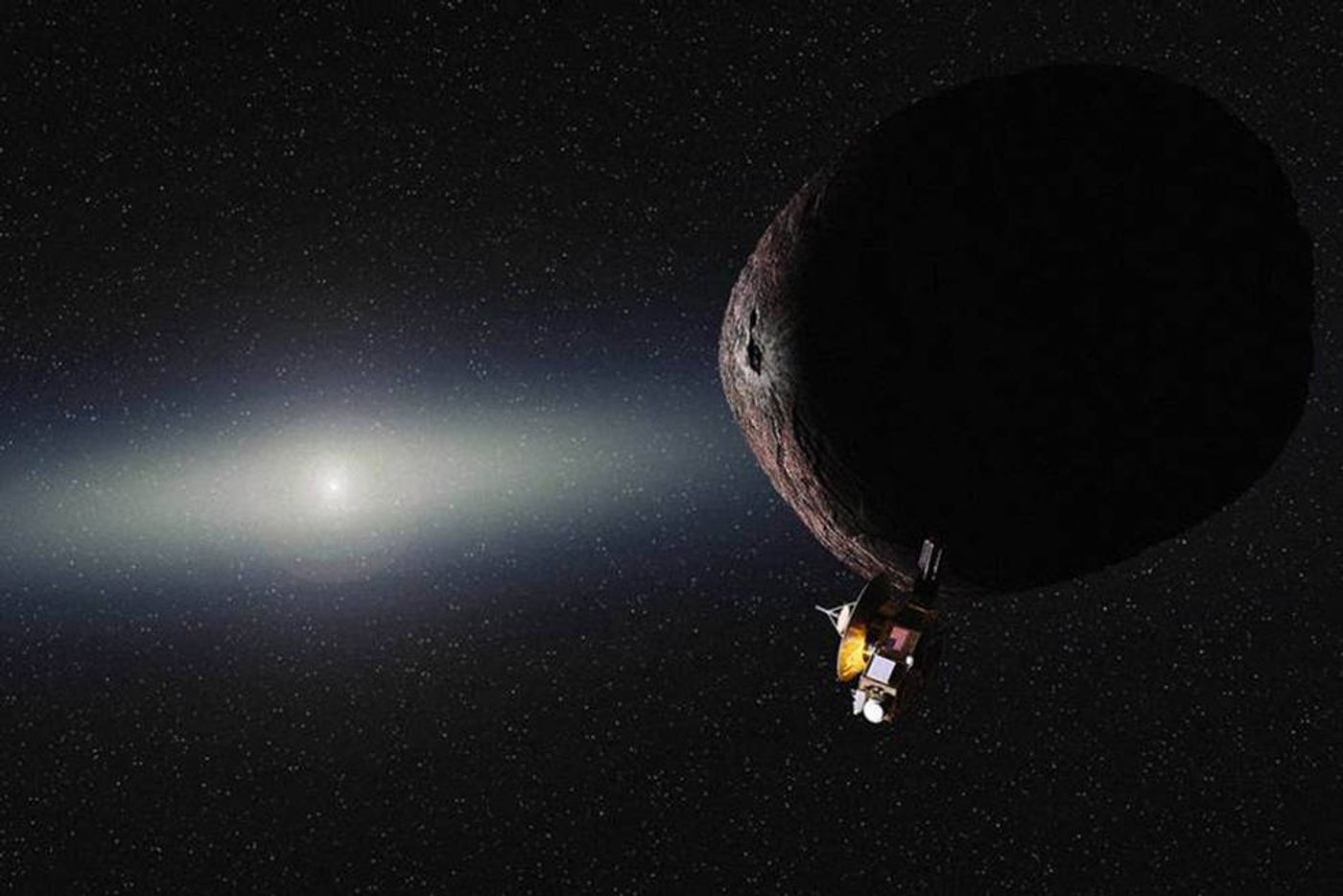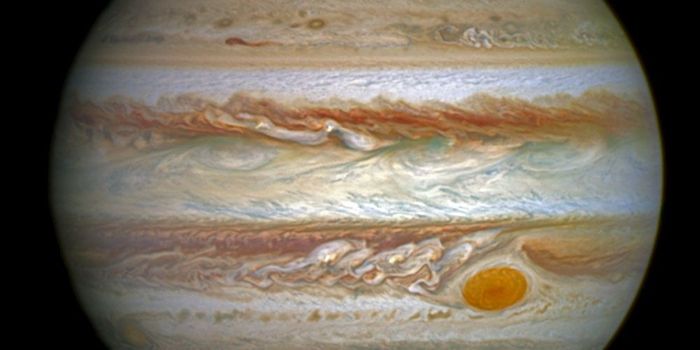NASA's New Horizons Probe Prepares for Close Approach with Ultima Thule
It’s here; the moment we’ve all been waiting for. NASA’s New Horizons spacecraft is about to tango with a dark and icy Kuiper Belt Object (KBO) known to astronomers as Ultima Thule (previously 2014 MU69).
Image Credit: NASA
The last time New Horizons sparked this much excitement, it was performing the historic Pluto flyby. Ultima Thule, on the other hand, is soon to become the most distant object ever visited by a spacecraft. But the excitement doesn’t end there, because New Horizons will fly past Ultima Thule almost three times closer than it did Pluto when it captured those stunning images of the distant dwarf planet.
New Horizons received the green light to proceed with its current trajectory less than two weeks ago, and it’s been hurtling toward the distant world ever since. The probe is expected to fly past Ultima Thule at 12:33 A.M. Eastern time on New Year’s Day, grabbing historical photographs of the object before it speeds away.
Related: New Horizons wakes up from a low-power state to prepare for the Ultima Thule fly-by
The importance of this data can’t be written off. KBOs like Ultima Thule are too distant to observe via space telescopes in visible light, and New Horizons’ fly-by will offer detailed views of these objects that have never before been seen. This, in and of itself, is particularly significant given the idea that KBOs are thought to be incredibly old and may hold untold secrets about how the solar system formed.
As you might come to expect from a milestone of this magnitude, NASA’s thrilled to be in the driver’s seat as it all goes down. The American space agency plans to live-stream the fly-by on NASA TV and via the space agency’s YouTube channel such that the world can tune in in real time.
For your convenience, we’ve embedded that YouTube frame below such that you need only tune in at the designated time to watch as everything unfolds:
Related: Near-twin of New Horizons' Ralph instrument set to observe Jupiter's Trojan asteroids
Unfortunately, we won’t get a live feed from the fly-by during the fly-by event because the New Horizons spacecraft is so far away. There’s a 6-hour, 7-minute delay before any data beamed back to Earth by New Horizons reaches scientists, and we don't expect to receive all the photographs until several months later.
At this time, there’s no word on what New Horizons’ next target might be. It could be a while after the Ultima Thule fly-by before the spacecraft explores another distant body in the solar system.
Source: NASA









